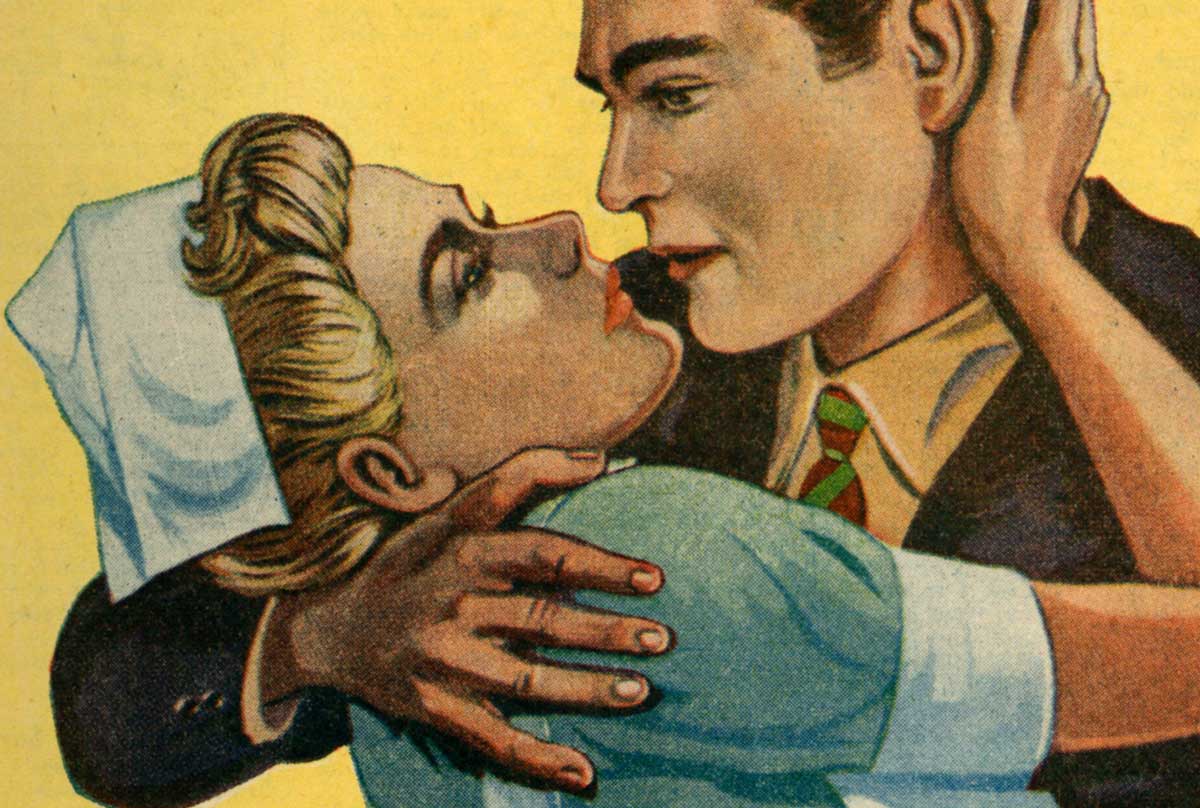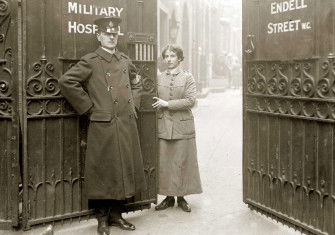The Doctor Is In
Mills & Boon’s medical romances helped make the NHS more appealing to an ambivalent public.

The British love the National Health Service. In early 2020, people emerged from their homes every Thursday evening to applaud healthcare workers and show support for this treasured national institution. While the strength of feeling might have grown during the pandemic, it pre-dates the first cases of coronavirus. Throughout the 21st century, public displays of affection for the health service have become increasingly commonplace. From parliamentary debates to social and mainstream media, love for ‘our NHS’ has intensified and is now a fundamental part of British national identity.
This strength of feeling has not always been there. While the value of a state-funded healthcare system might seem, and feel, self-evident today, for the first few decades of the NHS’s existence, the British people were rather more questioning of the institution.





.jpg?itok=J6m3nhCL)

